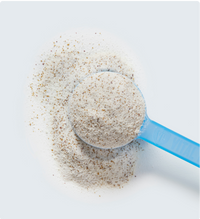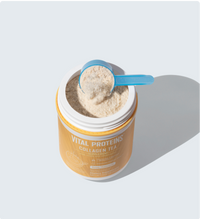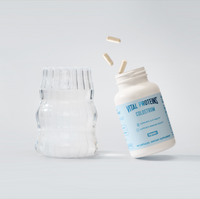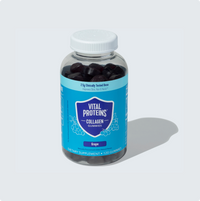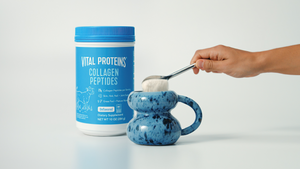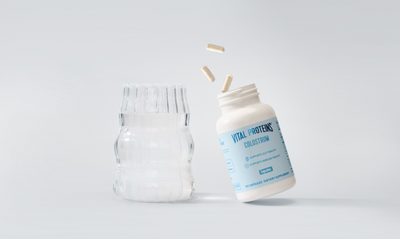There are many factors that come into play when we make high-quality sleep our priority. Your sleep environment either fosters or negatively impacts deep sleep. Everything from stress and middle-of-the-night noises to artificial light can hinder a restful night’s sleep. Research has found that artificial light affects our circadian rhythms – negatively, if we’re not mindful.
Artificial Light: Why to Avoid It
Some research notes that when artificial light hits the retina post-sunset and pre-sunrise, it may affect our physiology; artificial light may inhibit sleep-promoting neurons, activate arousal-promoting neurons, and promote a decrease in melatonin production. All of these physiological effects wreak havoc on snooze time. When you are exposed to artificial light post-sunset, your body delays sleep preparation. This is because your body interprets the artificial light as daytime light and doesn’t start winding down from a physiological point as it would in a natural 24-hour cycle.
Related Articles
Sources of Artificial Light
The main culprits are any of the screens that you check right before bed. Yep, we’re talking about scrolling through Instagram, checking your email and watching Netflix under the covers. Even if the lights are off in your room, the laptop, iPad, phone and/or tablet can trigger the decrease in melatonin release, which can mess up your sleep cycle. Any post-sunset artificial light (lamps) can throw off your circadian rhythm, but there is one type of light that is most detrimental to good sleep. Research shows that blue light (high-energy visible light), which helps regulate sleep and wake cycles, is beneficial during the daytime, but disrupts sleep at nighttime (all of the screens!). Blue light has the highest amount of energy out of all of the visible light on the electromagnetic spectrum due to its shortened wavelength. All of that being said, blue light suppresses melatonin the most, making it the worst for sleep.

Tips & Tricks to Navigate Blue Light
The best tip is the simple and straightforward one: Avoid all sources of artificial light after sunset (or 2-3 hours before bed) to enable the appropriate hormone secretion and inhibitory and excitatory neuronal processes to occur ahead of sleep. But, understandably, that’s tough to do. You can reduce your blue light exposure with blue light filters for digital devices, which essentially decrease the amount of blue light that reaches the retina of your eyes. Examples of this include physical barriers such as screen protectors like Eyesafe (Health-E), RetinaShield (Tech Armor). You can also download apps such as f.lux (color automatically changes from blue light to a more amber-colored light during the evening) or Night Shift, that can be programmed to turn its blue light on or off at designated times. During the designated times, the hue of the screen will change to warmer colors. You can manage the screen and color intensity as well. In addition, getting enough bright natural light during the day will help you fall asleep earlier and more quickly at night. If you need a lamp or nightlight, use dim red ones as they may decrease melatonin production the least.

